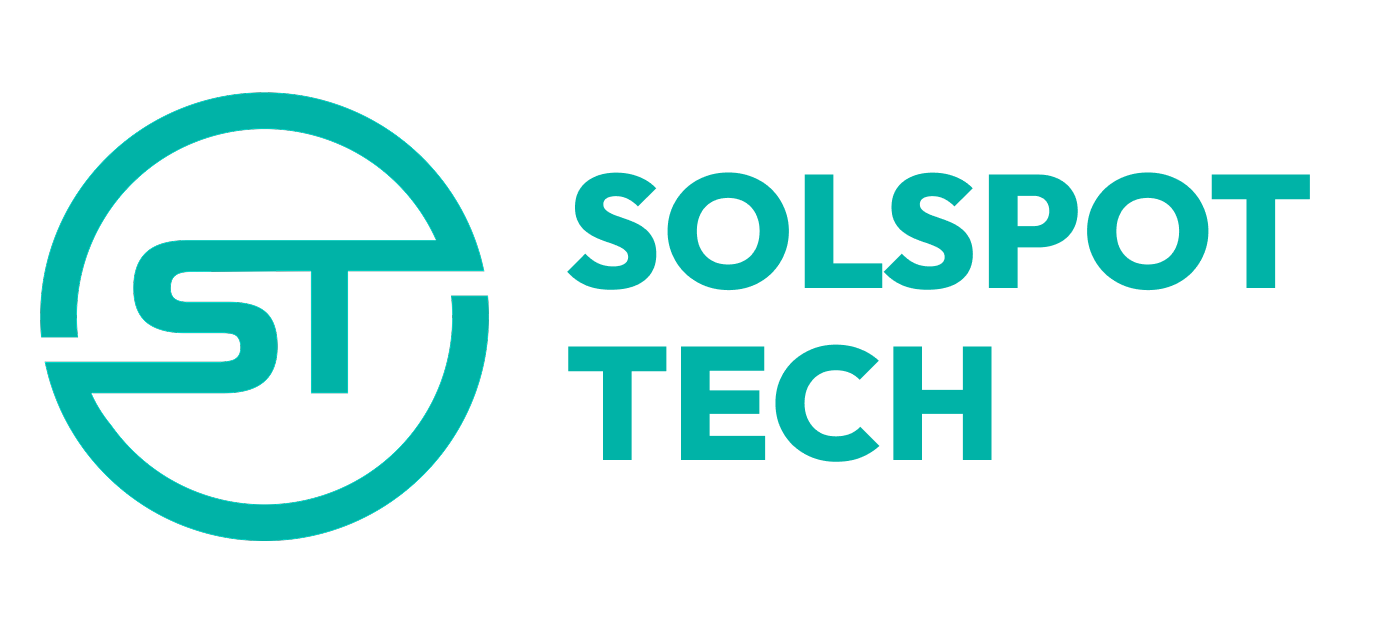Implementing effective micro-influencer strategies within niche markets requires a nuanced understanding of influencer selection, content collaboration, and performance measurement. While broad tactics may generate general awareness, tailoring each step with precision ensures authentic engagement and measurable ROI. This article provides a comprehensive, actionable guide, drawing on expert techniques and real-world examples to elevate your micro-influencer campaigns beyond surface-level tactics.
Table of Contents
- 1. Identifying and Selecting the Ideal Micro-Influencers for Niche Audiences
- 2. Crafting Personalized and Engaging Outreach Campaigns
- 3. Structuring Collaborative Content That Connects with Niche Audiences
- 4. Technical Implementation: Tracking and Measuring Campaign Performance
- 5. Ensuring Compliance and Authenticity in Micro-Influencer Posts
- 6. Cultivating Long-Term Micro-Influencer Relationships
- 7. Case Study: Step-by-Step Implementation in a Niche Market
- 8. Linking Micro-Influencer Strategies to Broader Engagement Goals
1. Identifying and Selecting the Ideal Micro-Influencers for Niche Audiences
a) Criteria for Evaluating Micro-Influencers’ Authenticity and Relevance
Choosing the right micro-influencers begins with rigorous evaluation of their authenticity and alignment with your niche. Use a multi-criteria approach:
- Engagement Rate: Calculate engagement per follower ratio. For niche markets, aim for >6%. Use tools like Heepsy or NinjaOutreach to automate this.
- Content Quality and Relevance: Review recent posts for depth, authenticity, and relevance to your niche. Look for genuine storytelling and community interactions over scripted content.
- Audience Demographics: Verify follower demographics align with your target market using platform insights or third-party analytics.
- Past Collaborations: Analyze previous brand partnerships for authenticity and effectiveness. Use Brandwatch or Traackr for social listening insights.
“Authenticity is the currency of niche markets. Micro-influencers with genuine engagement and content consistency yield better ROI than those with inflated follower counts.”
b) Step-by-Step Process to Use Tools and Platforms for Micro-Influencer Discovery
Implementing a structured discovery process ensures comprehensive influencer identification:
- Define Your Niche Keywords: Use terms specific to your industry, product type, or audience interests.
- Set Search Parameters in Discovery Tools: For example, in NinjaOutreach:
- Follower count: 1,000 – 10,000
- Engagement rate: >6%
- Location: Target region or global
- Content topics: Aligned with your niche
- Filter and Shortlist Influencers: Use platform filters to exclude inactive accounts or those with suspicious activity (e.g., sudden follower spikes).
- Cross-Verify Metrics: Manually review influencer profiles for consistency and genuine engagement.
c) Developing a Tiered Outreach List Based on Engagement Metrics and Content Alignment
Prioritize influencers into tiers to optimize your outreach:
| Tier | Criteria | Action |
|---|---|---|
| Tier 1 | Engagement rate >8%, highly relevant niche content, strong community trust | Personalized outreach, collaboration proposals, offer exclusive incentives |
| Tier 2 | Engagement rate 6-8%, solid relevance, moderate following | Standard outreach with value propositions, invite to participate in campaigns |
| Tier 3 | Engagement rate 4-6%, emerging niche presence | Initial contact, offer trial collaborations, monitor engagement |
This tiered approach ensures resource allocation matches potential impact, fostering deeper relationships with high-value influencers while testing emerging voices.
2. Crafting Personalized and Engaging Outreach Campaigns
a) How to Write Effective, Authentic Outreach Messages That Resonate
Successful outreach hinges on genuine, tailored messaging. Follow this structured approach:
- Personalization: Mention specific content or recent posts that resonated with you. For example: “I loved your recent post on eco-friendly packaging; it aligns perfectly with our sustainable brand values.”
- Value Proposition: Clearly state what you offer—whether compensation, exclusive access, or co-creation opportunities.
- Authentic Tone: Use conversational language that mirrors their voice. Avoid corporate jargon or generic templates.
- Clear Call-to-Action: Propose next steps explicitly, such as scheduling a call or sharing a brief campaign idea.
“Generic mass outreach results in low response rates. Tailoring your message enhances perceived sincerity and increases engagement.”
b) Timing and Follow-up Strategies to Maximize Response Rates
Timing significantly influences outreach success. Implement these tactics:
- Optimal Timing: Send initial messages during mid-week mornings (Tuesday-Thursday, 9-11 am) when influencers are more receptive.
- Follow-up Cadence: Wait 3-5 days before following up once. Use a polite reminder that emphasizes mutual benefit.
- Use Scheduling Tools: Automate outreach timing with tools like Mixmax or HubSpot to ensure consistent follow-up.
“Overly aggressive follow-up can backfire. Balance persistence with patience, and always add value in each touchpoint.”
c) Using Segmentation to Tailor Campaigns to Different Micro-Influencer Segments
Segmentation involves dividing your influencer list based on specific traits:
- Content Style: Visual-centric vs. storytelling-oriented influencers
- Audience Demographics: Age, location, interests
- Engagement Type: Comments, shares, DMs
- Experience Level: Emerging vs. established influencers
Craft tailored messages for each segment, emphasizing relevant collaboration aspects. For instance, storytelling influencers may appreciate co-creating narrative-driven content, while visual creators might prefer product photography opportunities.
3. Structuring Collaborative Content That Connects with Niche Audiences
a) Designing Campaign Concepts That Align with Micro-Influencers’ Personal Brand and Audience Interests
Effective campaigns are rooted in alignment. To achieve this:
- Research Influencer Content: Identify themes, tone, and style. For example, if an influencer favors educational content, design campaigns that include tutorials or how-tos.
- Align Campaign Goals: Match your brand message with their niche interests. If promoting eco-friendly products, collaborate with influencers passionate about sustainability.
- Co-Create Concepts: Invite influencers to contribute ideas, ensuring authenticity and engagement. For instance, an influencer might suggest a challenge or a unique content format that resonates with their audience.
“Authentic campaigns stem from genuine interest and shared values. Co-creation fosters trust and deeper audience connection.”
b) Providing Creative Freedom While Ensuring Brand Consistency
Striking a balance between guidance and freedom maximizes authenticity:
- Develop Clear Guidelines: Share brand values, key messaging points, and visual style guides.
- Allow Content Flexibility: Encourage influencers to adapt messaging to their voice and audience preferences.
- Set Boundaries: Specify non-negotiables, such as disclosure requirements and prohibited content.
“Influencer authenticity thrives when they are trusted to communicate in their natural style within defined parameters.”
c) Examples of Content Formats and How to Guide Their Production
Diverse content formats engage niche audiences effectively. Here are specific recommendations:
| Content Format | Best Practices & Guidance |
|---|---|
| Instagram Stories | Use interactive features: polls, quizzes, swipe-up links; keep stories authentic and spontaneous; recommend 3-5 stories per campaign with clear branding overlays. |
| Reels & TikTok | Leverage trending sounds and formats; encourage storytelling and behind-the-scenes content; provide a content brief with key messages but allow creative variation. |
| Blog Posts & Articles | Focus on long-form value, SEO keywords, and genuine experiences; suggest subheadings, visuals, and links but avoid rigid scripts. |
| Video Tutorials | Ensure high production quality, clear step-by-step instructions, and authentic tone; provide a storyboard template to facilitate consistency. |
Providing detailed production guidance reduces revisions, ensures brand consistency, and preserves influencer authenticity, which is critical for

